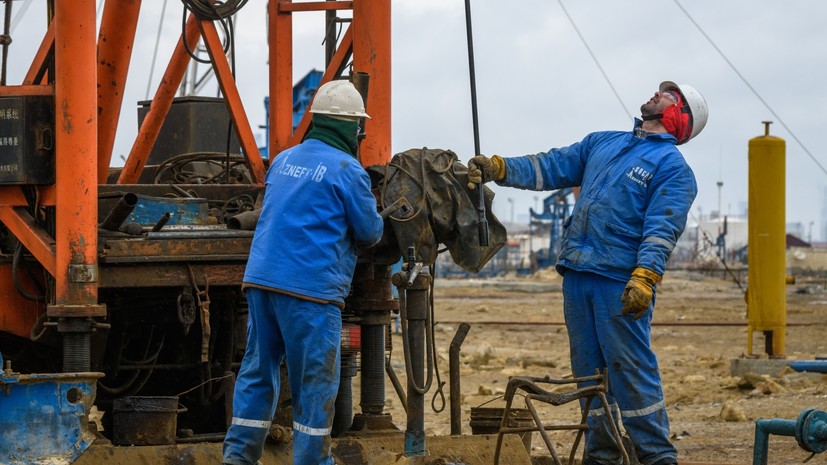On Tuesday, May 5, world oil prices are showing steady growth. During trading on the ICE exchange in London, the cost of raw materials of the Brent benchmark brand grew by more than 10% - up to $ 30.5 per barrel. At the same time, the barrel of the American WTI grade rose in price by 18% - up to $ 24. The last time, similar values could be observed in mid-April.
Investors respond positively to the gradual removal of quarantine in some countries of the world. The lifting of restrictions should stimulate business activity and eventually lead to an increase in global demand for fuel. This was in an interview with RT the chief analyst of BCS Premier Anton Pokatovich.
“According to our estimates, the current increase in oil prices is associated with the return of optimism in investor sentiment due to the beginning of the process of gradual withdrawal of some world economies from strict quarantine measures. Accordingly, we will observe a recovery in economic activity in these countries, ”the expert explained.
At the same time, the analyst does not expect a rapid rise in oil prices in the near future. According to him, at the moment, the global supply of oil is still significantly higher than demand. As a result, the situation in the global energy market may remain unstable until the end of May, and the price of oil will fluctuate in the range of $ 23-35 per barrel, Pokatovich believes.
According to the International Energy Agency (IEA), against the backdrop of the COVID-19 pandemic in April, world oil demand fell by almost 30 million barrels per day and reached its lowest level since 1995. According to Alexei Kiriyenko, EXANTE Managing Partner, in the current environment, the expected increase in energy consumption will be slow. Moreover, the further rise in oil prices will be restrained by the workload of world oil storage facilities.
“The economic situation in the world will be difficult for at least the next year, and restoration of the previous demand for oil may take up to five years. At the same time, global oil storage facilities continue to fill up, ”Kiriyenko said in a conversation with RT.
Additional pressure on oil prices is exerted by the risks of a resumption of the trade war between the United States and China. Earlier, Donald Trump did not rule out an increase in duties on Chinese goods if the "involvement" of China in the distribution of COVID-19 is proved. According to Alexei Kiriyenko, the tariff conflict may lead to even greater disruption of trade relations in the world, increased unemployment and a drop in demand for energy resources.
However, experts consider such a development unlikely. Moreover, in the summer, oil prices may be supported by a decrease in energy production by exporting countries.
“Improvements in the fundamental balance of the market can be expected following the results of May-June, when exporters' production will be reduced as part of the new OPEC ++ transaction,” said Anton Pokatovich.
Since May 1, in order to combat an overabundance of oil in the global market of the country, the OPEC + participants have begun to reduce the production of raw materials by 9.7 million barrels per day. A decrease in production was also supposed to begin in several other countries - exporters of raw materials, including the USA, Norway, Argentina and Canada.
The total reduction in production by world hydrocarbon producers in the framework of the new OPEC ++ partnership may reach 15–20 million barrels per day. This was previously stated by the head of the Ministry of Energy of Russia Alexander Novak.
“Balancing may begin in the second half of the year along with the restoration of oil demand as restrictions are removed and reserves decrease due to a new OPEC ++ deal,” Novak wrote in an article for the journal “Energy Policy”.
According to the forecast of the Ministry of Energy, in 2020 the average oil price will be slightly above the level of $ 30 per barrel. According to Aleksey Kiriyenko, in the coming months, depending on the dynamics of the spread of coronavirus and the situation in the global economy, oil prices may still show a fall. At the same time, experts interviewed by RT do not exclude the growth of quotations to $ 40 per barrel by the end of the year.
“A more sustainable price recovery is seen as possible in the perspective of late summer - early fall 2020. If the global economy embarks on the path of recovery growth in early summer, and after it we see the restoration of global demand for energy raw materials, oil can end the year at levels close to $ 40 per barrel, ”Anton Pokatovich concluded.

